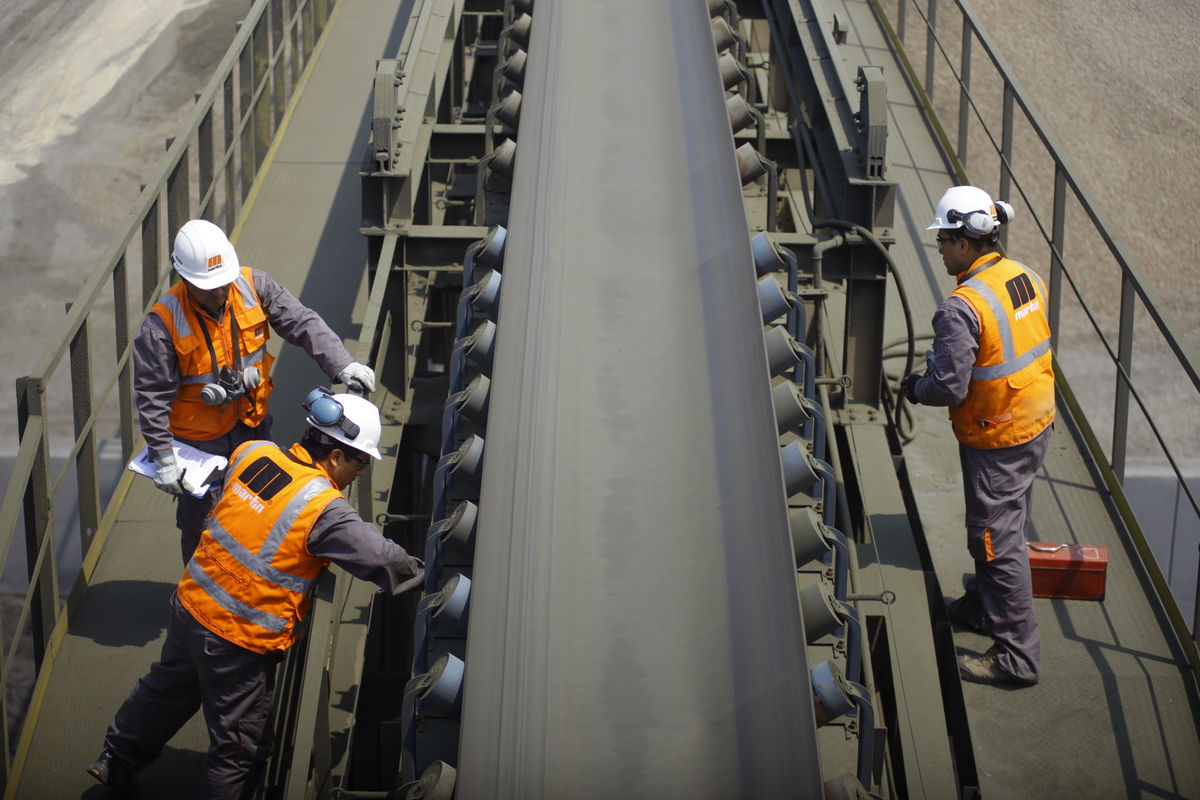It is not uncommon for companies to stock extra belts in their plant in case of belt failure. No replacement belt is closer than the one you keep in storage. It is very important that these extra belts are stored properly.
Here are a few storage rules to follow to keep your extra conveyor belts in top shape.
Preventing Belt Camber
To prevent belting material from developing camber (swing), rolls should be stored off the floor in a dry area. They can be suspended on a bar place through the center of the roll or placed on a pallet or skid to keep the material off the floor.
Rolls should NOT be stored on their edges!
The edges of some fabrics may absorb moisture from surfaces that are cold or damp causing the edge to shrink and become tighter than the opposite edge, resulting in camber (swing).
Avoiding Moisture & Other Contaminants
Smaller belts should be sealed in plastic bags to keep them away from moisture, light and contamination. Larger belts should be kept on skids and not placed directly on the floor, where they are subject to absorption of water and wicking of fabric from cold floors.
Proper Storage Temperatures
Extreme temperatures should be avoided!
Avoid temperature extremes and store away from direct sources of heat such as boilers, radiators, or direct sunlight.
If belts are stored at temperatures below 32°F it is recommended to warm up the conveyor belt for at least 24 hours at a temperature of 50°F to reduce the risk of belt damage.
Proper Forms of Storage
Storage indoors is preferable. If storage outdoors is unavoidable, the belting should be protected by covering with tarpaulin or other suitable material.
Belting stored outdoors should be raised off the ground for protection from damage by water, mud, grit etc. Pallets are preferable to wooden battens, which may cut into the surface of the belts if the area of battens in contact with the belt is insufficient.
Belting not coiled on center cores, and to be stored for a significant length of time in stacks, should have suitable lengths of steel tubing (or similar) inserted into the centers to prevent coil center collapse and subsequently difficulty in handling.

